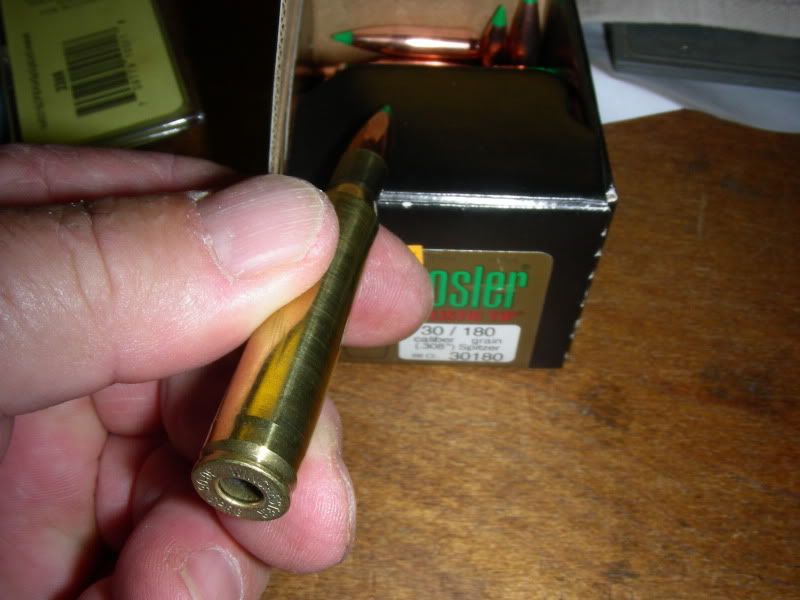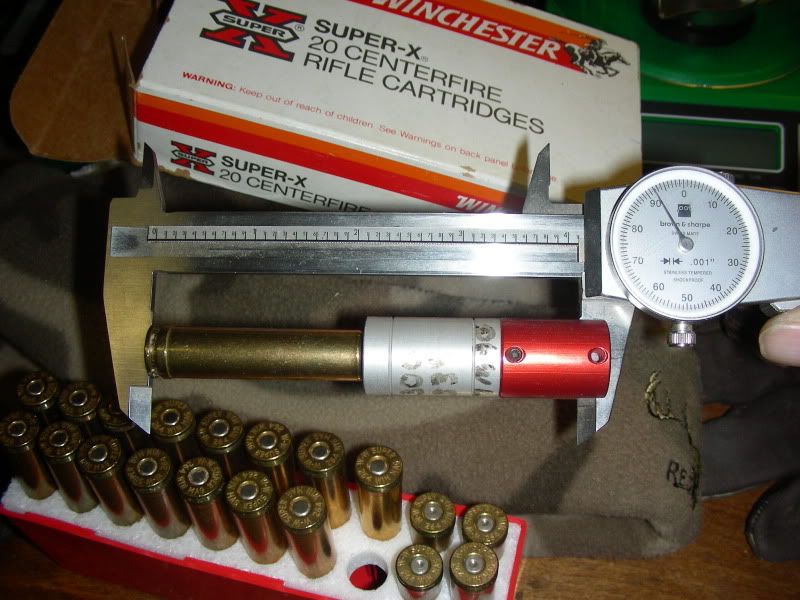So, I'm loading for a friends 7mm rem mag. Nosler brass. Fired three times. Sized them last night (partial, bumping the shoulder .002") The case body gets sized to within about 1/16" of the belt. The gun is an elcheapo walmart push feed M70, and is far from a match grade chamber.
I noticed a tiny ridge where the die stopped near the belt, I can feel it with my fingernail. I still had a few pieces of un-fired brass so I got out the mic and started comparing. I'm at work now, and dont remeber the numbers, but the measurements seemed substantialy different. The outside diameter of the belt was quite a bit larger on the fired cases, as was the diameter of the un-sized portion of the body.
I feel that full length sizing will only weaken the case head (bad expeirience with a 243)
My questions are:
How much expansion is too much?
At which point do I disgard brass?
Should I just not worry about it until I see actual separation?
They all chamber fine, and no signs of pressure whatsoever.
thoughts?
I noticed a tiny ridge where the die stopped near the belt, I can feel it with my fingernail. I still had a few pieces of un-fired brass so I got out the mic and started comparing. I'm at work now, and dont remeber the numbers, but the measurements seemed substantialy different. The outside diameter of the belt was quite a bit larger on the fired cases, as was the diameter of the un-sized portion of the body.
I feel that full length sizing will only weaken the case head (bad expeirience with a 243)
My questions are:
How much expansion is too much?
At which point do I disgard brass?
Should I just not worry about it until I see actual separation?
They all chamber fine, and no signs of pressure whatsoever.
thoughts?







